Mario Carpo
The MIT Press
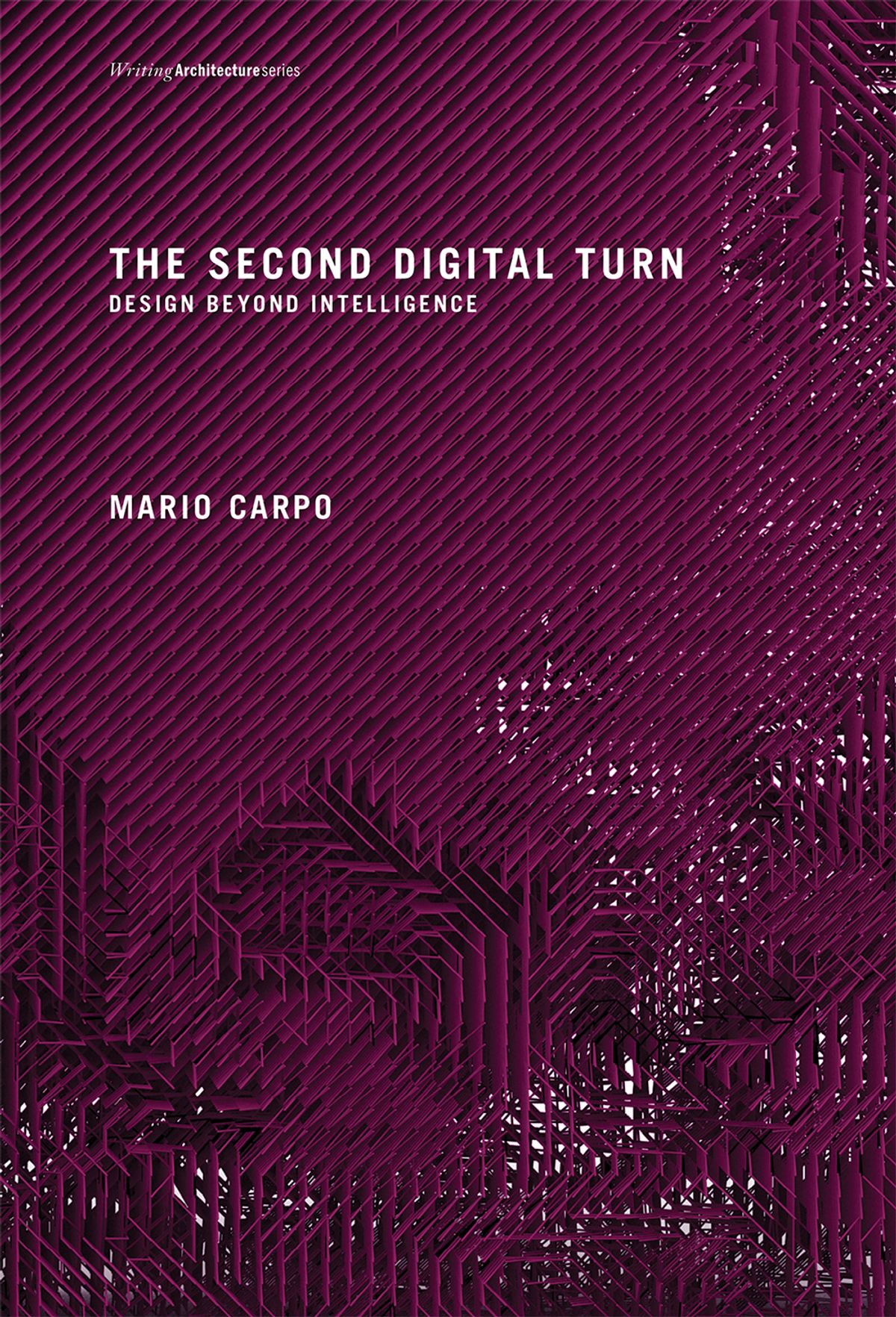
Philip Graham, the late publisher of the Washington Post, is purported to have described journalism as the “first rough draft of history.” In the intersecting worlds of digital technology and architecture that role is more likely played by the monograph, and Mario Carpo’s The Second Digital Turn: Design Beyond Intelligence energetically sketches out a broad set of provocations that stretch from Vitruvius beyond Greg Lynn—a wide arc of history and broad outlines of digital theory for an architecture that is sorely in need of the same.
At the core of his argument is the idea that advanced computation has brought us to a post-rational moment where the digital has removed, for all intents and purposes, the need for science and the strategies for abstraction that have served so well since the Renaissance. Man has used rationalization strategies to understand, organize, and predict a world filled with enormous amounts of information, and only in the last few years have computers become powerful enough to subsume strategies of abstraction by brute force; cloud computation makes storage and processing power essentially infinitely available, and thereby previous approaches for abstracting the rational world are no longer necessary. We can simply store and index all of experience, and then rather than organize the resulting data, we can merely search it.
In four sections and a postface, Carpo mixes historical analysis, theory, and anecdote to explain the resulting translation of approach, with particular attention to the methodologies of architecture. Where once architects and engineers “predicted” the behavior of a beam by plugging information into a prescriptive formula, in an indexical world we simply record the behavior of every beam ever made and summon that data from the infinite index. Formulas, once a strategy for abstraction and data compression (as a formula in theory contains the outputs of an infinite number of inputs) are obsolete, and with them the fundamentals of scientific theory of hypothesis/experiment/conclusion itself.
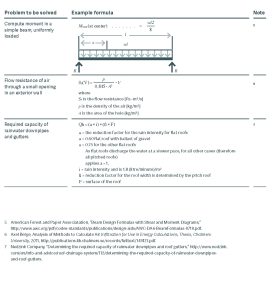
Carpo suggests that other methods for data compression—perspectival drawing, the agency of the author, marketplaces comprised of standard prices—similarly fall away when a ton of data and processing power is applied. Carpo describes architectural representation like drawing as essentially a “CPU problem”—orthographic projections such as plans, sections, or elevations are just strategies for compressing a ton of information (representing a hugely detailed thing like a building) in a hugely efficient way (with lines on a piece of paper). But who needs an elevation in an era where a high-resolution, materially descriptive, three-dimensionally precise and behaviorally provocative digital simulation of the entire building is available?
Of course, the digital model that eliminates the need for projected images isn’t just a pile of indexable bits of data. To make sense, it has to have some sort of epistemological frame, and its potential as a platform for representation, analysis, and simulation depends on that knowledge framework. You can’t rely on a computer to decide if a given chunk of data is, say, a window or a door. It’s here where Carpo’s first draft of digital history may already be behind the developmental curve.1
As Carpo wrote this monograph in 2016, the looming potential of machine learning defined the second digital revolution but its implications were hazy at best. AI systems were good at playing Jeopardy, but less successful in more complex enterprises like predicting diseases. The algorithms that purport to drive these AI engines as they absorb petabytes of data use are underpinned by what Judah Perl called Bayesian networks, in essence mathematical networks that build in strength and coherence as data correlations are continuously mapped and verified.
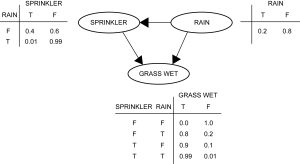
But the world may turn out to be more complicated than the brute force correlation reasoning of early AI systems based on Bayesian theory. A year after Carpo wrote The Second Digital Turn, Judea Pearl and his collaborator Dana MacKenzie published a lengthy treatise arguing that his Bayesian correlation theory was inadequate to really make sense of big data because causation is a fundamental characteristic of reasoning, digital or otherwise.2 Pearl’s “Ladder of Causation” proposes that counter-factual reasoning (“Why didn’t this happen? What happens if this doesn’t occur?”) can be modeled mathematically and yields far better predictive power when deployed by AI systems. Mere association—the rough correlation of two pieces of data—is just the start. Other more recent authors like Ajay Agrawal, Joshua Gans, and Avi Goldfarb argue that constrained data contexts are best for neural-network-based machine learning and prediction.3 And a year after Carpo’s monograph was published, Oxford economist David Susskind4 persuasively suggests that the automation will inevitably “deskill” knowledge work, in some ways substituting for human efforts and in others complementing it. Many of the algorithms that Carpo implies have created this new context for understanding—and make his Gmail box so easy to search—are coming for his students’ future jobs.
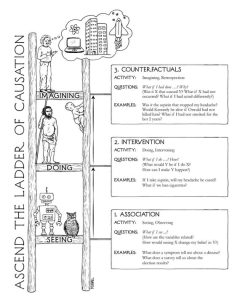
The building enterprise is enormously complicated, and it’s unlikely that the mere brute force “recording” of all the possible data points related to the design, construction, and operation of a building will yield particularly useful data in the long run, and certainly not without some sort of other taxonomic strategy beyond the Bayesian. There is a vast gulf of insight between the collection of messages in Carpo’s Gmail inbox and the multiple constellations of data that comprise a modern building project. And efforts to date to create some logic around that data in order to make it even remotely accessible have largely failed. Carpo nonetheless posits a fundamental transformation of our ability to reason through abstraction, where computation releases the architect from the bounds of the rote, formulaic, and standard. A machine must be able to differentiate between a beam and a brick before it can be properly indexed and accessed as a reference point to measure future performance.
This is not to quibble with the particulars of his projections, or whether they might be entirely accurate. It is likely that emergent algorithms, largely unaware of their dependence in indexicality, formulae, or the results of the scientific method, have their own self-deterministic logic.
There can be little doubt that architectural practice—and the building enterprise writ large—would benefit from some computationally-driven predictability. Too often digital power is deployed in the service of exotic form-making that is somehow beyond the rational, intentionally or otherwise. This is one route to exploit the potential of technology. But better data, predictive analysis, clearer communication and informational organization, and automated construction augmented by mass customization all would make architecture more economically and environmentally responsible and build the credibility of architects at the same time. As I have argued elsewhere, such tools might even fundamentally transform both methods and value propositions of practice, and Carpo would agree.5
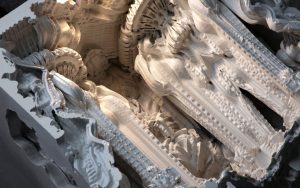
Carpo has a talent for wrestling with big issues in simultaneously abstract and specific ways, and doing so with verve, wit, and most importantly, insight. His vantage points on our discipline—practitioner and academic, historian and futurist, European-trained and often teaching in America—make him a unique and important voice in translating and guiding our way through what can often seem like an overwhelming fusillade of tools, techniques, jargon, and jumbled production. The Second Digital Turn certainly gives us some first theoretical foundations—the assertion that classical science has been rendered obsolete by the power of pure computation—from which we will eventually figure this stuff out.
In a postscript written immediately after the 2016 election of Trump, Carpo concludes his book with a plea that architecture, and society in general, not accede to abject technological determinism and its obvious neoliberal, consumerist, digitally bespoke implications. “Computational simulation and optimization … are powerful, effective, and perfectly functional tools. … But while computers do not need theories, we do,” he declares.6 In his first draft of digital history, he makes a convincing first case for the efficacy of the digital—augmented by the human—for our profession. And as this review goes to press at the intersection of a global economic crisis, a pandemic, and an emergent social justice movement in Black Lives Matter, I suspect that case is as important as ever. As the late Bill Mitchell wrote almost thirty years ago about the future of the digital world: “the crucial task before us” is one of “imagining and creating digitally mediated environments for the kinds of lives that we will want to lead and the sorts of communities we will want to have.”7 Carpo lays out the first early draft of digital history accordingly.
Endnotes:
Phil Bernstein is an architect, and associate dean and professor adjunct at the Yale School of Architecture, where he has taught since 1989. He is a former vice president at Autodesk and spent most of his practice career with Pelli Clarke Pelli Architects. His book Architecture Design Data: Practice Competency in the Era of Computation was published by Birkhauser in 2018. His next book will explore the relationship of artificial intelligence and machine learning to design methods and processes.
How to Cite This: Bernstein, Phil. Review of The Second Digital Turn: Design Beyond Intelligence by Mario Carpo, JAE Online, September 25, 2020.






